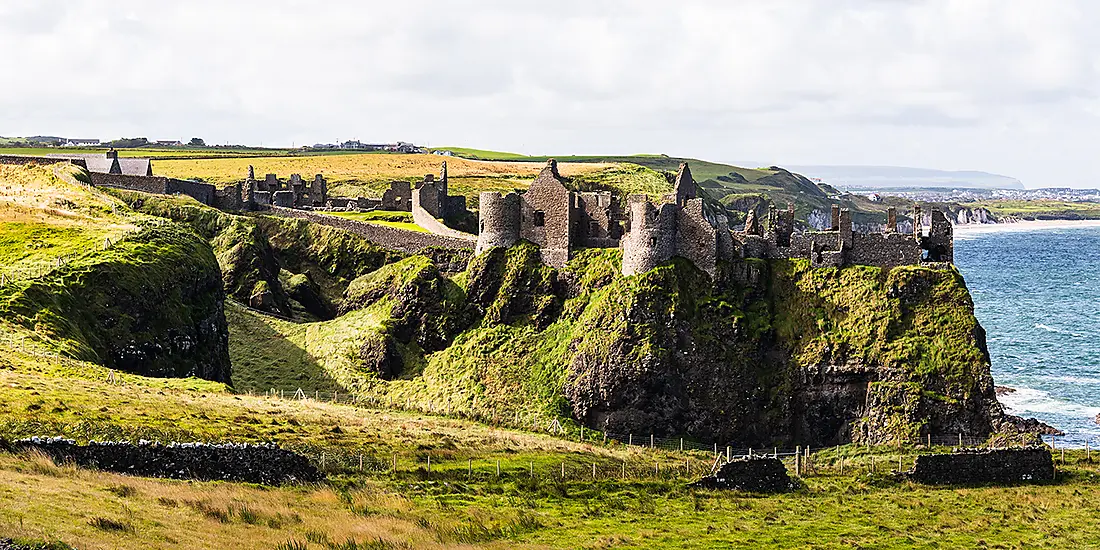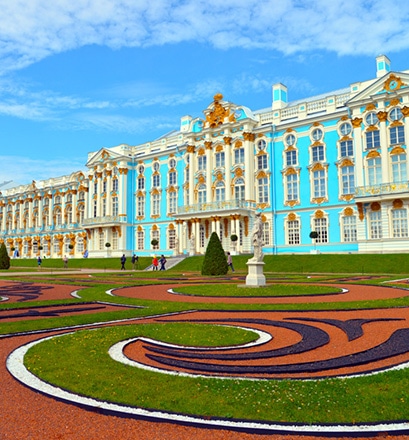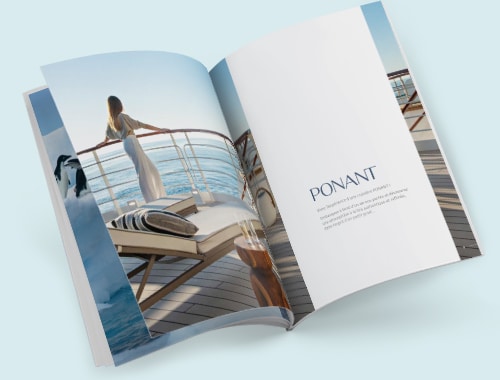reasons to travel Northern Europe
Why visit Northern Europe and Scandinavia? With their culture, extraordinary landscapes and legendary or little-known islands, these are first-class destinations for travellers looking for urban adventures or to explore nature.
Read more
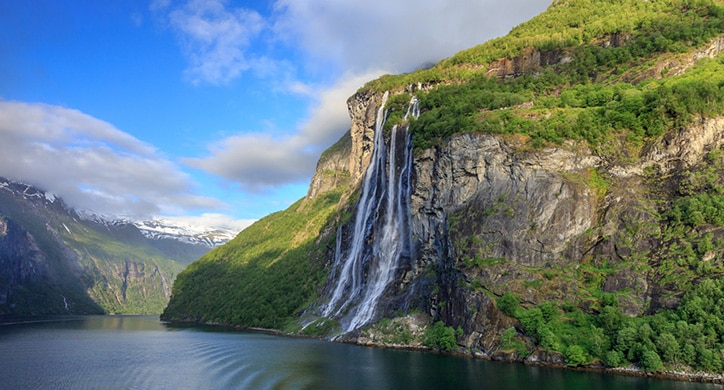
Must-Sees - Northern Europe and Scandinavia
Norwegian fjords, Baltic capitals, the treasures of Ireland, Scotland and England. From unique cultures to stunning nature, here are the unmissable experiences available to you on a Northern Europe cruise.
Read more
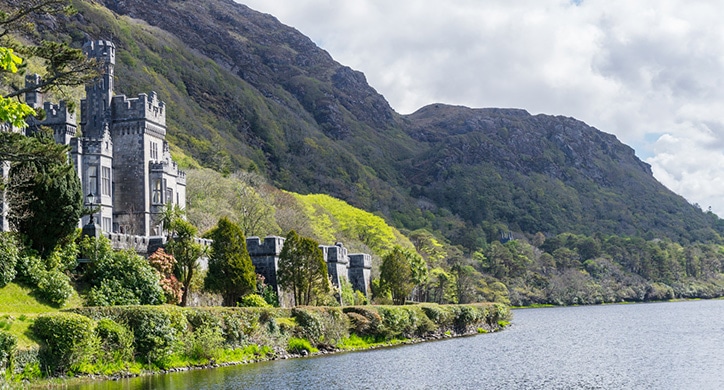
Explore Northern Europe and Scandinavia
3 reasons to travel Northern Europe
Why visit Northern Europe and Scandinavia? With their culture, extraordinary landscapes and legendary or little-known islands, these are first-class destinations for travellers looking for urban adventures or to explore nature.
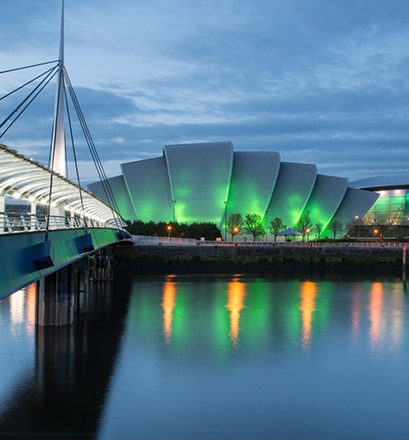
A rich culture
From Bergen to Helsinki; from London to Belfast; from Glasgow to Copenhagen via Dublin, Liverpool or Amsterdam, the former Hanseatic towns are capitals of culture. Their historic centres reflect historical pasts and vibrant daily life. With keystone museums, art galleries, historic buildings, futuristic architecture, bustling streets, and peaceful canals, the big iconic cities in Northern Europe and Scandinavia have plenty of secrets up their sleeve.
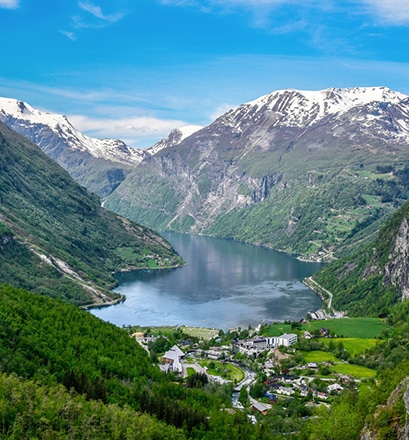
Breathtaking landscapes
Sail to the heart of the Norwegian fjords, surrounded by mountains and waterfalls plunging into deep-blue water, to see spectacular glaciers. Travel along green coastlines, approach the mysterious basalt columns at Giant's Causeway in Northern Ireland, hike through the plains and heaths buffeted by fresh winds, see amazing flora, marvel at Connemara's lakes, visit deserted beaches... Every day is a chance to take in stunning new panoramas.
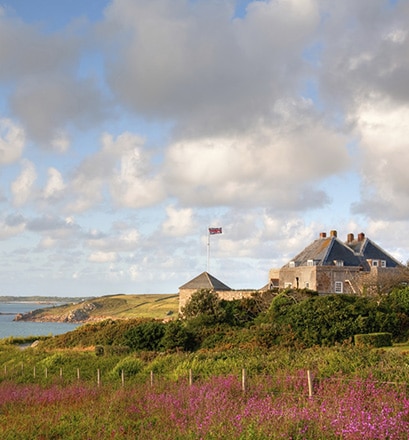
Legendary or little-known islands
Let your imagination run wild when you see ancient castle ruins on the Isles of Scilly, puffin colonies on Heimaey Island, impressive viewpoints on the Isle of Wight and Skye, or motorbike races on the Isle of Man... Every destination has unique features that set it apart.
Must-Sees - Northern Europe and Scandinavia
Norwegian fjords, Baltic capitals, the treasures of Ireland, Scotland and England. From unique cultures to stunning nature, here are the unmissable experiences available to you on a Northern Europe cruise.
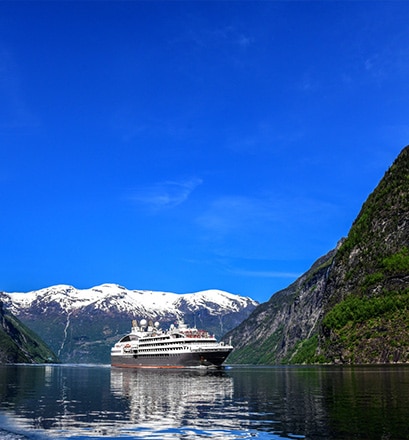
Go kayaking in Nordfjord - Norway
The deep blue water gently reflects the surrounding landscape. Carved out by glaciers, Nordfjord is considered one of the most beautiful fjords in Norway. Paddling in a kayak along the fjord's banks, you will be amazed by nature's grandeur, steep-cliffed mountains, spectacular waterfalls, and gigantic glaciers. Enjoy being in complete harmony with the natural world.
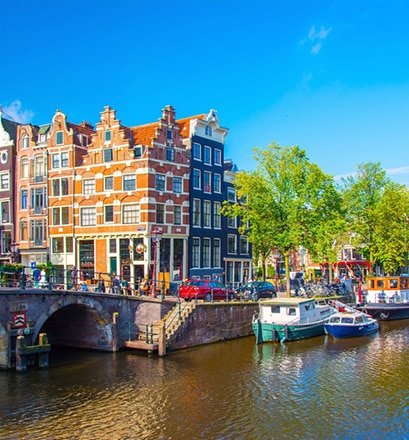
Explore the Dutch countryside and Amsterdam's canals - the Netherlands
Experience the authentic Netherlands with a visit to the traditional village of Broek in Waterland, known for its wooden houses and traditional farms, then to the Beemster Polder, a UNESCO World Heritage site. Complete this panoramic tour with a trip to a 17th-century windmill. A cruise on Amsterdam's canals is the best way to see most of the city's points of interest, like the old merchant houses, churches and 16th- and 17th-century warehouses.
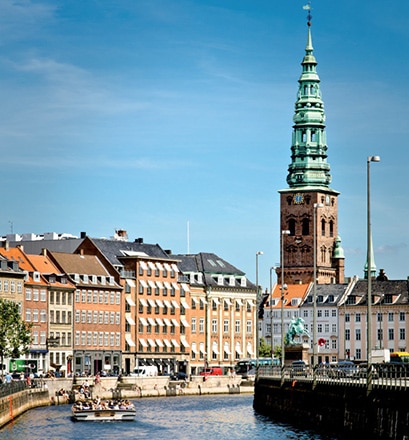
Treat yourself to a cruise in Copenhagen - Denmark
Like Amsterdam, Copenhagen is best seen from the water. A cruise on the city's canals takes you to the key places in the Danish capital: the colourful houses along Nyhavn Canal, the legendary Little Mermaid statue, the opera, Amalienborg Palace, the royal library, the stock exchange, and the Church of Our Saviour.
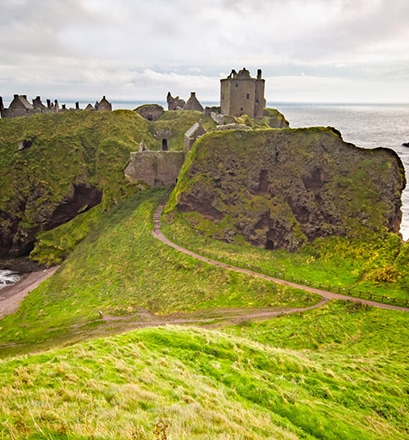
Access Dunottar Castle perched on a headland in Scotland - United Kingdom
Dunottar brings to life any ideas we might have about Scotland's iconic landscapes and its ruined castles which remain just as splendid as ever. This castle proudly dominates the headland, standing 50 metres above the North Sea. Although its strategic location meant it played a key role in Scotland's history, now it's the site's beauty that attracts attention from international visitors.
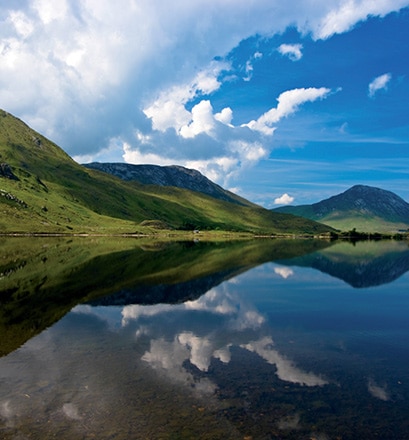
Travel back in time in the heart of the Connemara region - Ireland
Verdant hills, dark lakes, moors in an endless palette of greens and browns, impressive castles... Ireland's Connemara region offers visitors the chance to explore incredible sites with all the poetry of Mother Nature. Crossing through County Galway and visiting stunning Kylemore Abbey, the peaceful town of Clifden, Ashford Castle, and the spectacular landscape at Lough Corrib will leave you with unforgettable memories.

Walk around Riga - Latvia
Riga is best explored on foot and by boat. A canal cruise on board a pretty little boat gives visitors the chance to enjoy the city's gentle feel and beautiful landmarks like the Latvian National Theatre. On foot, the national opera, academy of music, central station and Brivibas iela — the city's main shopping street — are worth a visit. The old centre with its magnificent houses reflecting the city's prosperous past as part of the Hanseatic League, and the superb Riga Cathedral, famous for its huge 6,700-pipe organ, are also must-sees.
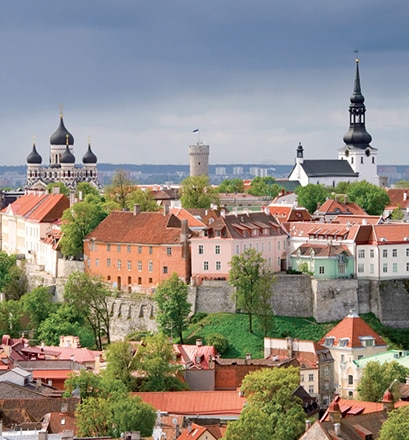
Immerse yourself in folklore in Tallinn - Estonia
Tallin’s centre was fortunately spared during the intensive bombing by the Soviet army during World War II. The city became a UNESCO World Heritage site in 1997. Touring the old town, you can immerse yourself in the ambiance of the medieval area with its ramparts and watchtowers. The gothic cathedral, the castle that is now home to the Estonian parliament, the Russian Orthodox church and the paved alleyways all give the city undeniable charm. Topped off with a folk performance and a walk down St Catherine's Passage, lined with local craftsmen's workshops, you will end up knowing all of Tallinn's secrets.
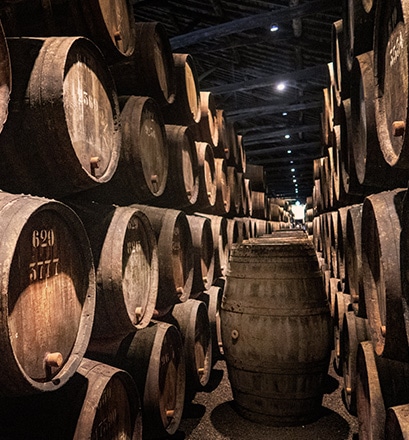
Visit a whisky distillery - Ireland
Unique in Ireland and Great Britain, the old but still-operating Jameson Distillery produces high-quality whisky near Cork. On a guided tour, you can enjoy the stunning and perfectly restored 18th-century industrial buildings, the operational waterwheel and the world's biggest copper still...with capacity for 145,500 litres! Then, it's time for a relaxed tasting session in an Irish pub.










